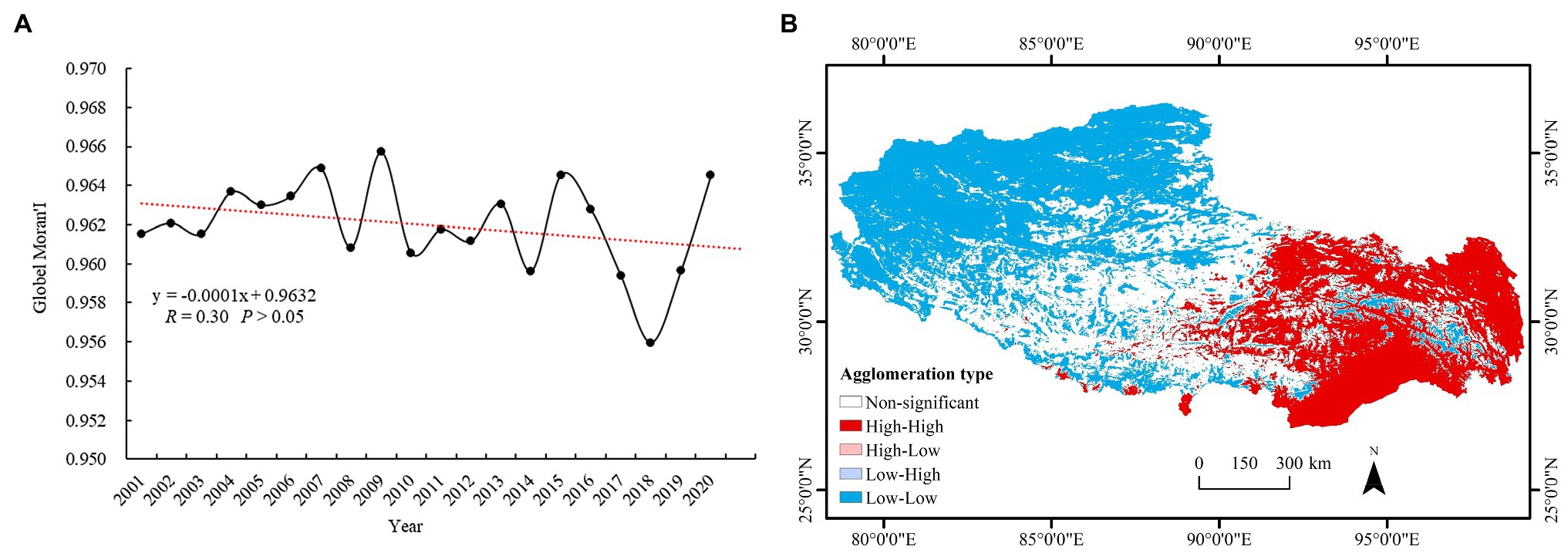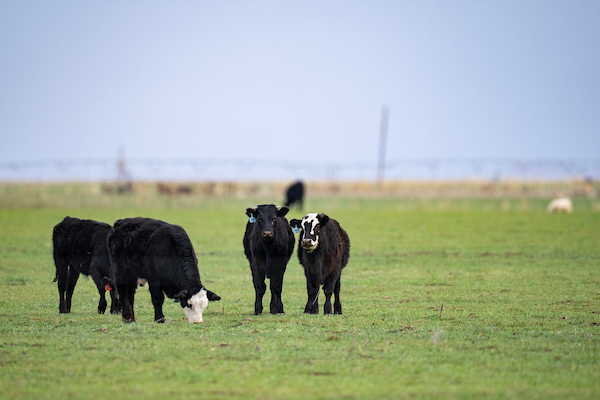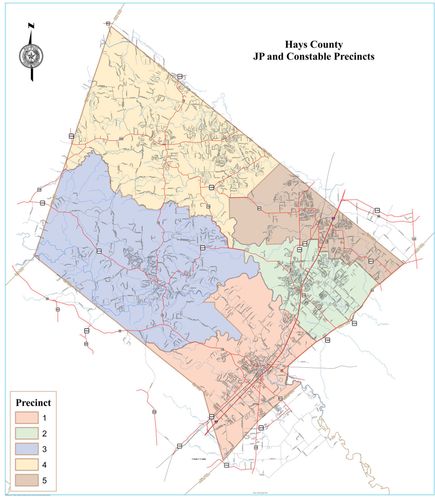Report on Dynamic Vegetation Phenology Monitoring on the Qinghai-Tibetan Plateau (2001-2020) and its Implications for Sustainable Development Goals
Executive Summary
This report details a twenty-year study (2001-2020) on the vegetation phenology of the Qinghai-Tibetan Plateau (QTP), a critical ecosystem for regional and global climate stability. Utilizing advanced remote sensing indices, the Modified Soil-Adjusted Vegetation Index (MSAVI) and the Enhanced Vegetation Index (EVI), this research provides a more accurate assessment of ecological changes compared to previous studies. The findings reveal a significant extension of the vegetation growing season, primarily driven by a delay in its conclusion rather than an earlier start. These results offer crucial data for monitoring progress towards key Sustainable Development Goals (SDGs), particularly SDG 13 (Climate Action) and SDG 15 (Life on Land), by quantifying the impacts of climate change and informing strategies for ecological conservation and sustainable ecosystem management.
Introduction: Aligning Ecological Monitoring with Sustainable Development Goals
Vegetation phenology, the study of plant life cycle stages, serves as a vital indicator for monitoring ecosystem health and the impacts of climate change. The Qinghai-Tibetan Plateau (QTP), known as the “world’s third pole” and the “Asian water tower,” is a uniquely sensitive region whose ecological stability is paramount for achieving global sustainability targets. Accurate analysis of its vegetation dynamics directly supports several SDGs.
- SDG 13 (Climate Action): As an “amplifier” of global climate change, tracking phenological shifts on the QTP provides tangible evidence of climate impacts, which is essential for developing adaptive strategies.
- SDG 15 (Life on Land): The QTP’s vast grasslands, forests, and wetlands are critical for biodiversity and combating desertification. This study’s focus on vegetation health and land cover change provides a direct measure of progress in protecting and restoring terrestrial ecosystems.
- SDG 6 (Clean Water and Sanitation): The health of the QTP’s vegetation cover influences the region’s hydrological cycle, impacting water availability for billions of people in Asia.
This study addresses the shortcomings of the traditionally used Normalized Difference Vegetation Index (NDVI), which is susceptible to errors in sparsely vegetated and high-altitude environments like the QTP. By employing the MSAVI and EVI, this research aims to provide a more robust dataset for evidence-based policymaking aligned with the 2030 Agenda for Sustainable Development.
Methodology for Sustainable Monitoring
Data and Indices Selection
To ensure a comprehensive analysis aligned with sustainable monitoring principles, the following data and methods were employed:
- Data Sources:
- MODIS surface reflectance data (MOD09A1) from 2001-2020 were used to calculate vegetation indices.
- MODIS land cover data (MCD12Q1) were used to analyze changes in major vegetation types, providing a direct link to SDG 15 targets on land degradation.
- Temperature data from the National Tibetan Plateau Data Center were used to correct for snow cover interference, enhancing data accuracy.
- Vegetation Indices:
- Modified Soil-Adjusted Vegetation Index (MSAVI): Selected for its sensitivity in areas with sparse vegetation and significant bare soil, making it ideal for accurately determining the Start of the Growing Season (SOS).
- Enhanced Vegetation Index (EVI): Chosen for its reduced sensitivity to atmospheric and soil noise, providing a more reliable measure of the End of the Growing Season (EOS).
- Normalized Difference Vegetation Index (NDVI): Calculated for comparative analysis to highlight the methodological improvements.
Phenology Extraction and Trend Analysis
The study followed a rigorous analytical process:
- Data Reconstruction: Time-series data for all three indices were reconstructed using the Savitzky–Golay filtering method to remove noise and ensure reliability.
- Phenology Extraction: The dynamic threshold method was applied to the reconstructed data to determine the SOS, EOS, and Length of the Growing Season (LOS) for each year.
- Trend Analysis: Theil-Sen trend analysis and the Mann-Kendall test were used to assess the statistical significance of changes in phenology and land cover over the 20-year period. This analysis quantifies the rate of ecological change, providing critical metrics for SDG reporting.
- Validation: Pearson correlation analysis was used to validate the results by correlating phenological trends with observed changes in major land cover types (e.g., forests, grasslands), confirming the link between climate response and on-the-ground ecosystem changes.
Results: Evidence of Climate Impact and Progress Towards SDG 15
Key Phenological Trends (2001-2020)
The analysis using the MSAVI and EVI combination yielded the following key results, which serve as indicators for SDG 13 and SDG 15:
- Start of Growing Season (SOS): Showed a slight, statistically insignificant advance at a rate of -0.11 days per year. The average SOS occurred on the 131st day of the year.
- End of Growing Season (EOS): Exhibited a statistically significant delay at a rate of 0.22 days per year. The average EOS occurred on the 267th day of the year.
- Length of Growing Season (LOS): Demonstrated a significant extension, increasing by 0.33 days per year. The average LOS was 135.54 days.
Crucially, the study found that the delayed EOS was the dominant driver of the extended LOS. This contrasts with previous NDVI-based studies which often attributed the longer growing season to a significantly advancing SOS.
Land Cover Change and Contribution to SDG 15
Analysis of land cover changes provides direct evidence of efforts to combat desertification and restore degraded land (Target 15.3).
- Vegetation Increase: A positive trend was observed in key vegetation types, including grasslands (+2.57‱ annually) and meadows (+2.43‱ annually). This indicates an improvement in ecosystem health.
- Desertification Reversal: Bare ground and desert areas showed a significant decreasing trend (-6.85‱ annually), suggesting a reversal of land degradation in parts of the QTP.
The strong correlation between the increase in vegetation cover and the phenology trends derived from MSAVI/EVI validates the accuracy of this monitoring approach for tracking progress on SDG 15.
Discussion and Policy Implications for Sustainable Development
Advancing Climate Action (SDG 13)
The findings provide clear, quantifiable evidence of climate change’s impact on a critical global ecosystem. The extended growing season, driven by a delayed autumn, reflects the warming trends on the QTP. This improved understanding allows for more accurate climate modeling and informs national and international climate adaptation policies. The use of MSAVI and EVI over NDVI is shown to be more robust, preventing the overestimation of phenological shifts and providing a more sober basis for policy decisions.
Informing Life on Land Policies (SDG 15)
This research offers valuable insights for the sustainable management of terrestrial ecosystems. The discovery that EOS is the primary driver of change suggests that conservation efforts should focus on factors affecting autumn phenology, such as temperature and moisture availability late in the season. The observed increase in vegetation and decrease in bare land is a positive indicator for SDG 15, but continued monitoring with accurate methods is essential to ensure these trends are sustained. The results can guide land management practices, ecosystem restoration projects, and biodiversity conservation strategies on the QTP and in similar high-altitude environments.
Conclusion
By employing more suitable vegetation indices (MSAVI and EVI), this study provides a more accurate and nuanced understanding of vegetation phenology on the Qinghai-Tibetan Plateau. The results confirm that the growing season is lengthening, primarily due to a delayed EOS, a critical finding that refines previous knowledge. This research directly contributes to the monitoring frameworks for SDG 13 (Climate Action) and SDG 15 (Life on Land) by delivering reliable data on climate impacts and ecosystem health. The findings underscore the importance of using appropriate methodologies for ecological monitoring to support effective, evidence-based strategies for sustainable development.
Analysis of Sustainable Development Goals in the Article
1. Which SDGs are addressed or connected to the issues highlighted in the article?
The article primarily addresses issues related to two Sustainable Development Goals (SDGs):
- SDG 13: Climate Action – Take urgent action to combat climate change and its impacts.
- SDG 15: Life on Land – Protect, restore and promote sustainable use of terrestrial ecosystems, sustainably manage forests, combat desertification, and halt and reverse land degradation and halt biodiversity loss.
Explanation:
- SDG 13: Climate Action is relevant because the article’s core premise is that “Vegetation phenology is a key parameter for monitoring ecosystems and climate change.” The study explicitly investigates how vegetation on the Qinghai-Tibetan Plateau (QTP), an area described as an “‘amplifier’ of global climate change,” responds to climatic shifts. The analysis of changes in the growing season is presented as a direct reflection of climate change impacts.
- SDG 15: Life on Land is central to the article. The study focuses on monitoring the health and changes in a major terrestrial ecosystem (the QTP). It analyzes shifts in various land cover types, including “forests, scrublands, meadows, grasslands,” and tracks the decrease in “bare ground and deserts.” The stated purpose, “valuable for vegetation monitoring and ecological conservation on the QTP,” directly aligns with the goal of protecting and restoring terrestrial ecosystems.
2. What specific targets under those SDGs can be identified based on the article’s content?
Several specific targets under SDG 13 and SDG 15 are identifiable from the article’s content:
- Target 13.2: Integrate climate change measures into national policies, strategies and planning.
- The study provides critical data and methodologies for monitoring climate change impacts on the QTP. The article states its findings provide “a reference and guidance for future ecosystem management, vegetation protection and analysis of the response of vegetation to climate change,” which is foundational for integrating climate measures into regional planning.
- Target 15.1: By 2020, ensure the conservation, restoration and sustainable use of terrestrial and inland freshwater ecosystems and their services, in particular forests, wetlands, mountains and drylands, in line with obligations under international agreements.
- The research is entirely focused on the QTP, a critical mountain ecosystem. By monitoring vegetation phenology and land cover changes, the study directly supports the conservation and understanding of this ecosystem, which is vital for its sustainable use and management.
- Target 15.3: By 2030, combat desertification, restore degraded land and soil, including land affected by desertification, drought and floods, and strive to achieve a land degradation-neutral world.
- The article provides direct evidence related to this target by reporting that from 2001 to 2020, “Bare ground and deserts showed a decreasing trend,” while vegetation types like grasslands and meadows showed an increasing trend. This indicates a reversal of land degradation and a move towards combating desertification in the study area.
- Target 15.9: By 2020, integrate ecosystem and biodiversity values into national and local planning, development processes, poverty reduction strategies and accounts.
- The research contributes scientific data that can be integrated into planning processes. The conclusion that “The findings of this study are valuable for vegetation monitoring and ecological conservation on the QTP” highlights its role in providing the evidence base needed to value and manage ecosystems effectively.
3. Are there any indicators mentioned or implied in the article that can be used to measure progress towards the identified targets?
Yes, the article mentions and implies several quantitative indicators that can be used to measure progress.
-
Indicators for Vegetation Phenology Changes (relevant to SDG 13): The primary metrics used to track climate change impact are the temporal trends of vegetation phenology.
- Start of the growing season (SOS): The trend was a slight advance of -0.11 days per year.
- End of the growing season (EOS): The trend was a significant delay of 0.22 days per year.
- Length of the growing season (LOS): The trend was a significant increase of 0.33 days per year.
-
Indicators for Land Cover Change (relevant to SDG 15.3): The study provides specific rates of change for different land cover types, which serve as direct indicators for land degradation and restoration.
- Change in Bare Ground and Deserts: An annual decrease of 6.85‱, indicating progress in combating desertification.
- Change in Grasslands: An annual increase of 2.57‱, indicating vegetation restoration.
- Change in Meadows: An annual increase of 2.43‱, also indicating restoration.
- Change in Forests: A smaller annual increase of 0.15‱.
-
Indicators for Ecosystem Health (relevant to SDG 15.1): The vegetation indices themselves are used as proxies for ecosystem health and productivity.
- Modified Soil-Adjusted Vegetation Index (MSAVI), Enhanced Vegetation Index (EVI), and Normalized Difference Vegetation Index (NDVI): The article analyzes the 20-year trends of these indices, noting that the “maximum and mean values of the MSAVI, NDVI, and EVI tended to increase,” suggesting an overall improvement in vegetation cover and health on the QTP.
4. Table of SDGs, Targets, and Indicators
| SDGs | Targets | Indicators Identified in the Article |
|---|---|---|
| SDG 13: Climate Action | 13.2: Integrate climate change measures into national policies, strategies and planning. |
|
| SDG 15: Life on Land | 15.1: Ensure the conservation, restoration and sustainable use of terrestrial and inland freshwater ecosystems and their services, in particular… mountains. |
|
| 15.3: Combat desertification, restore degraded land and soil… and strive to achieve a land degradation-neutral world. |
|
|
| 15.9: Integrate ecosystem and biodiversity values into national and local planning… |
|
Source: nature.com







